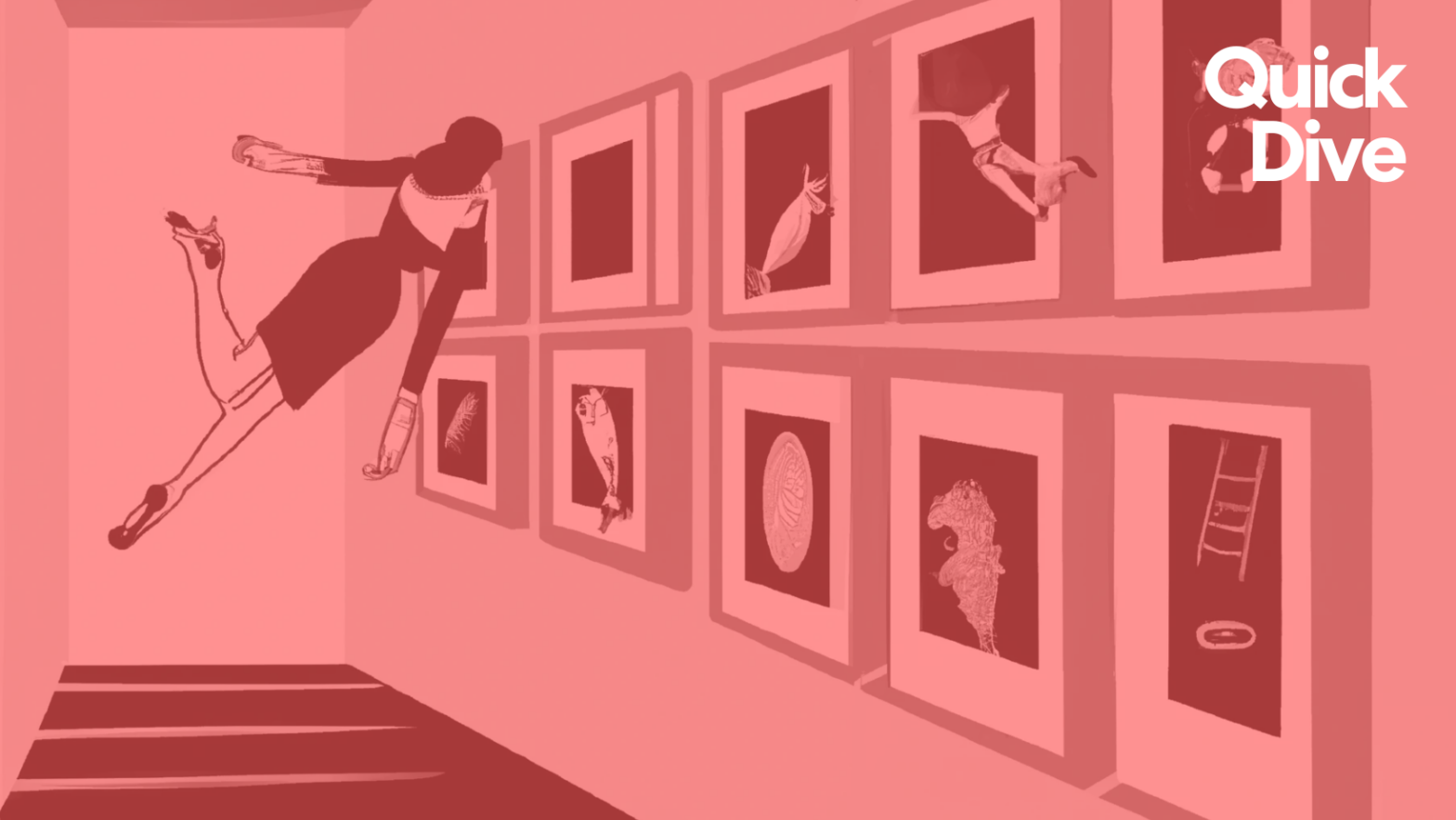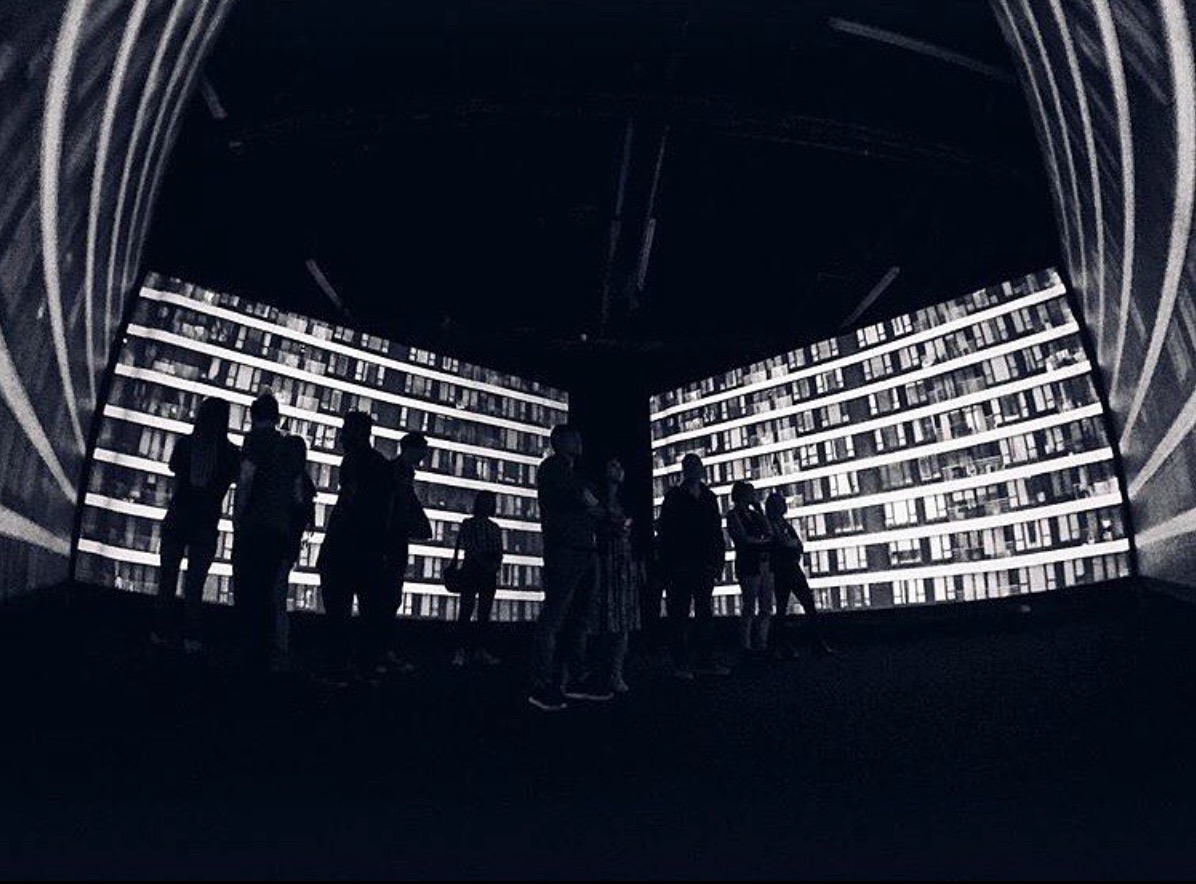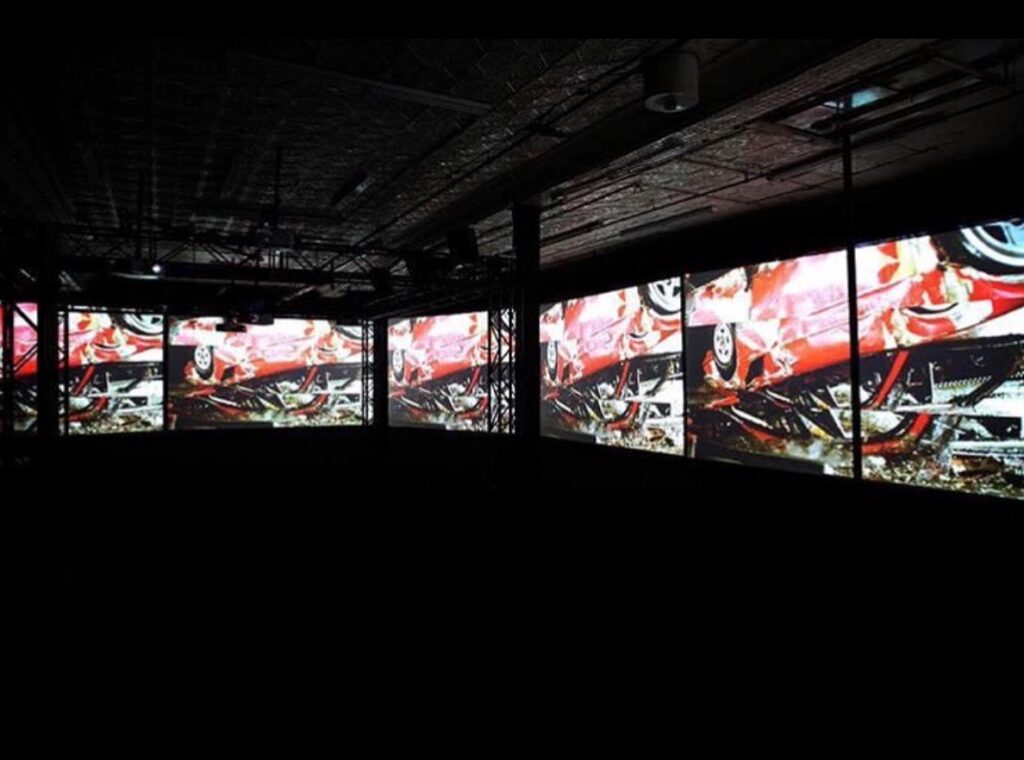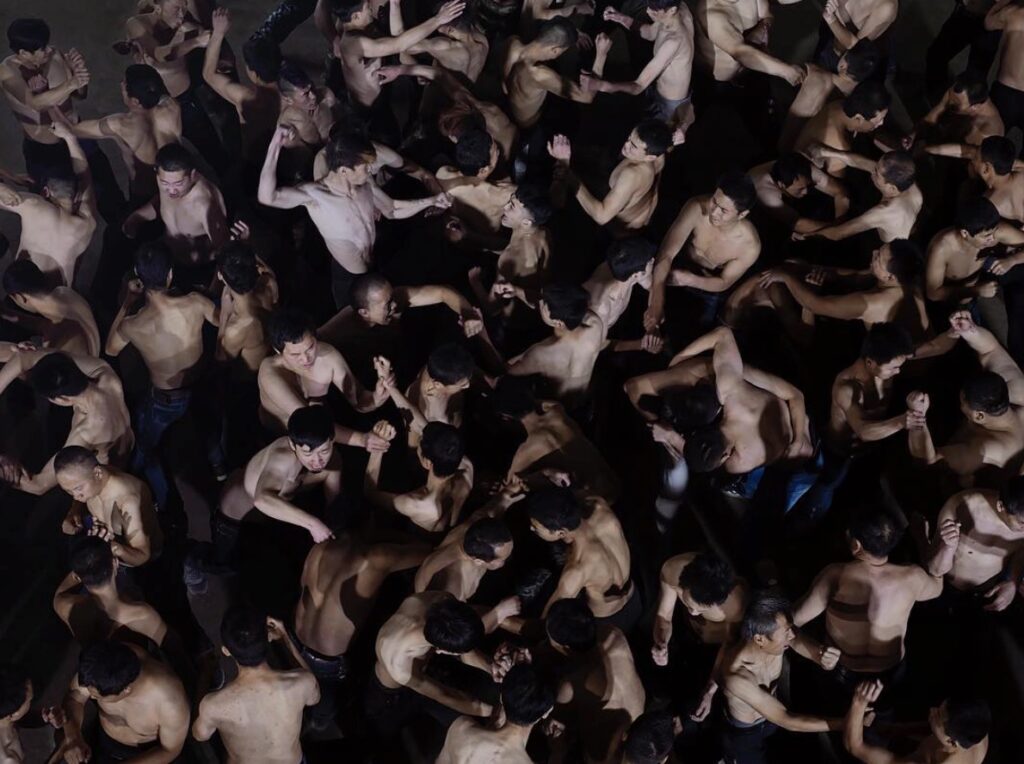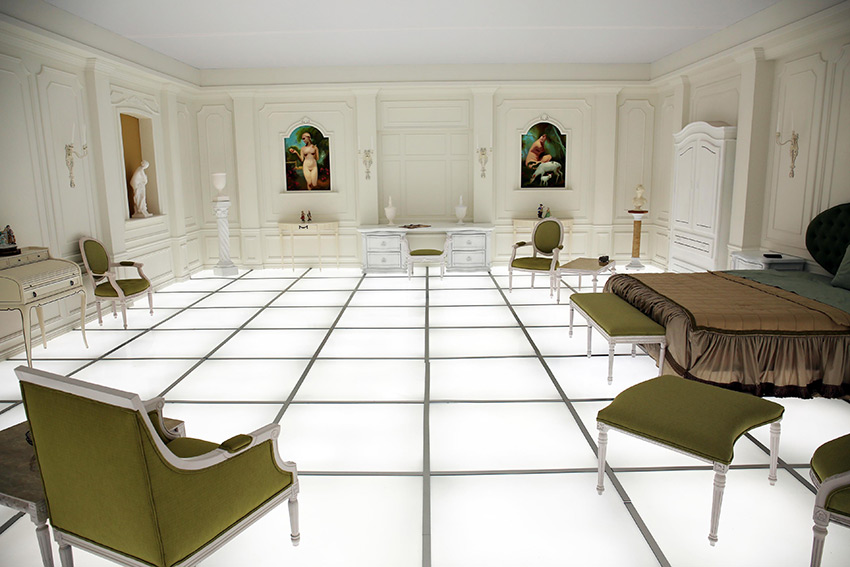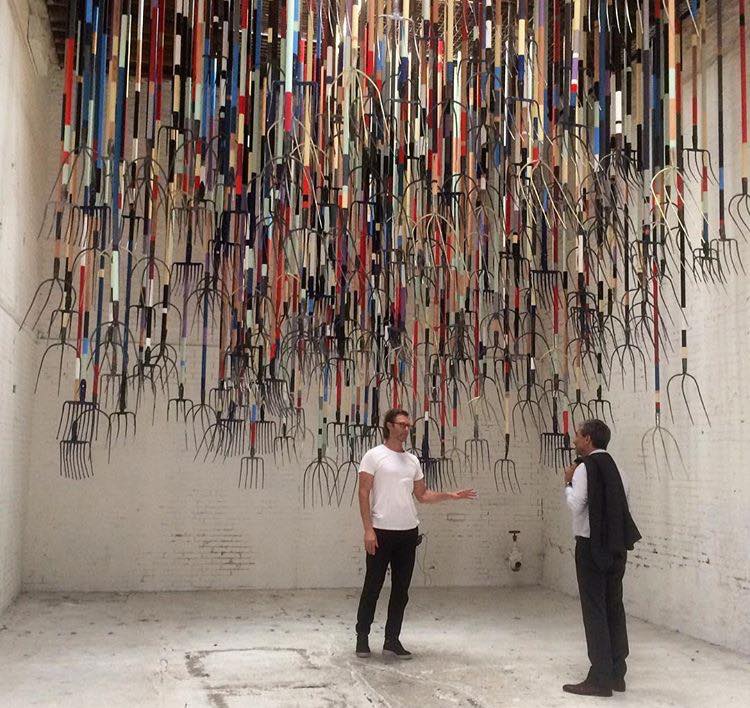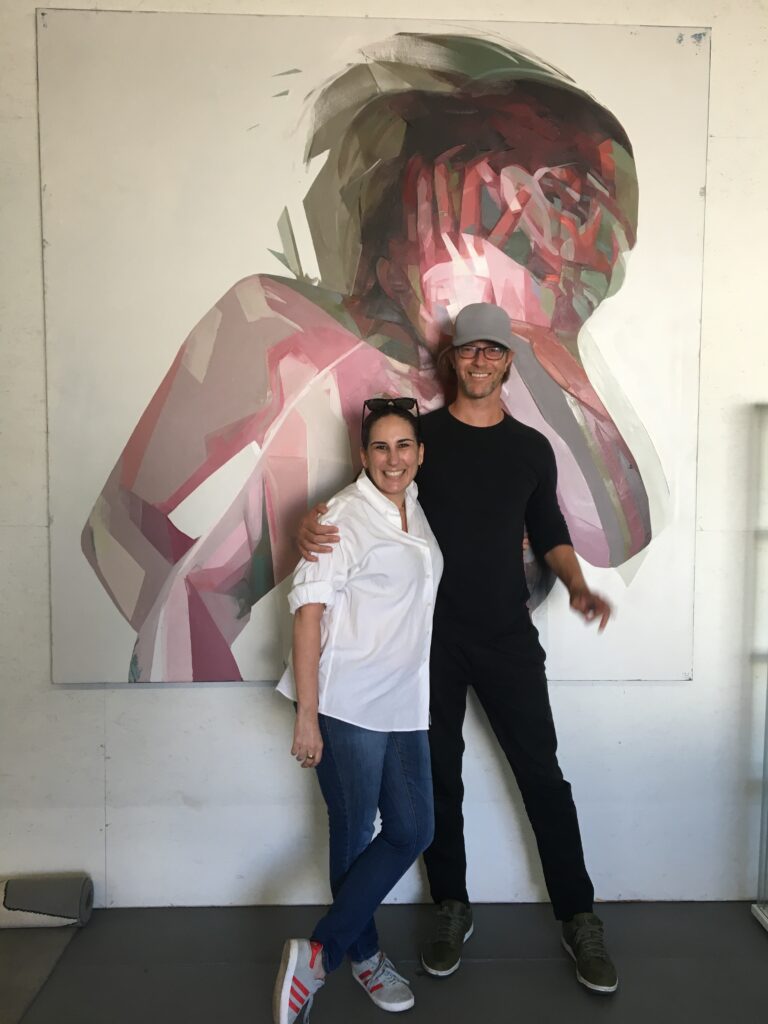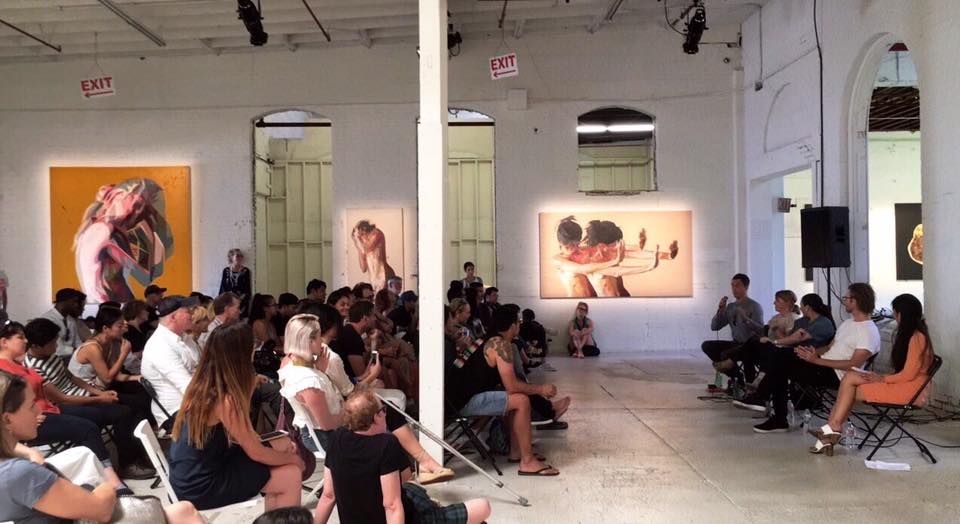Roxanne Vardi
Quick Dive is a series of articles that offer a brief overview of a certain topic in a clear and concise manner. This article can be read in 5 minutes.

Record prices for artworks are usually only attained at auction; where bidders are given the chance to take ownership of a lot if they are able to increase their bid to the highest bid attained during a live public sale. Examples of recent record prices include Leonardo da Vinci’s Salvator Mundi, c. 1500 sold at Christie’s for $450M, Pablo Picasso’s Les Femmes d’Alger, 1955 sold at Christie’s for over $170M, and Jeff Koons’ Rabbit, 1986 sold at Christie’s for $91M. Last but not least the NFT record price for Beeple’s Everydays: The First 5000 Days, 2021 sold at Christie’s for $69M. We are all familiar with the scene where an auctioneer offers and increases bidding prices stirring up a kind of live bidding war in which one lucky buyer becomes the successful bidder of the lot, upon which the auctioneer hammers down the final artwork price.
But, how exactly do art auctions work?
Auction houses have been around since the 17th century, with art auctions becoming popular in London and in Paris in the mid-1700’s especially with the establishment of the two major international auction houses: Christie’s and Sotheby’s. Basically, there are three sides to an auction: the seller, the buyer, and the auctioneer. Auction houses are part of what is termed the secondary market.
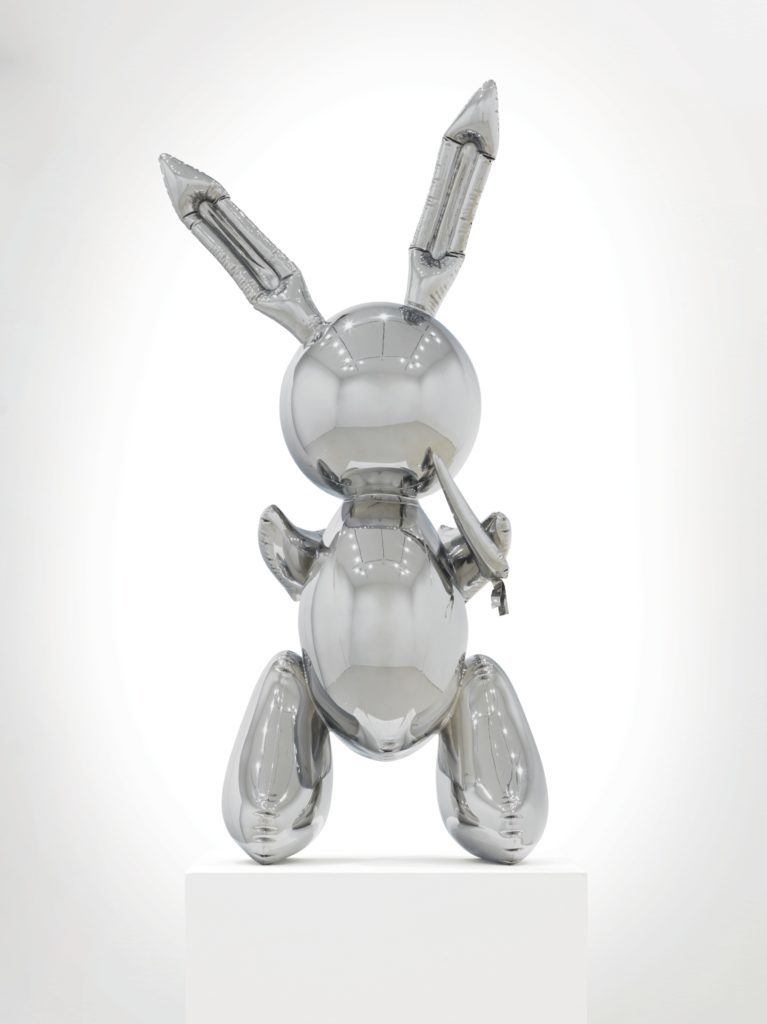
Jeff Koons, Rabbit, 1986.
What is the difference between primary market and secondary market?
The primary market refers to the first sale of an artwork, which can happen by buying from the artist directly at his studio or by buying through a gallery. The price is usually based on the artist’s exhibition history, sales history, the career of the artist, his/her maturity, the size of the work, and sometimes the cost of materials that go into the work. The secondary market refers to the resale of a work or any sale of an artwork that was already owned by a collector, so that once an artwork is purchased on the primary market it automatically enters the secondary market. Prices on the secondary market are based on provenance, condition, and significance.
So, how can I sell at auction?
In order to sell something at auction, the owner of the piece needs to have it valued or appraised. The valuation process can be done online by sending the auction house specialists photographs and information on the piece. Each department at an auction house has its own specialists: design, impressionist, modern & contemporary, jewelry, and so forth. Artworks are valued according to rarity, size, subject matter, exhibition history, comparable works, the condition of the work, and its sales history. Most importantly, specialists consider the authenticity of the work. This is specially where NFTs come in handy today as every NFT and its respective smart contract is registered on the Blockchain and therefore authenticity is easier to trace, which also reduces the potential for fakes. The specialist then gets back to the lot owner with an estimated valuation of the work; also called an auction estimate. If the lot owner decides to go ahead with the sale he will together with the auction house agree on conditions of sale, which include the seller’s premium and a reserve price for the lot under which the auction house guarantees not to sell the lot. These details are signed through a consignment agreement between the seller and the auction house.
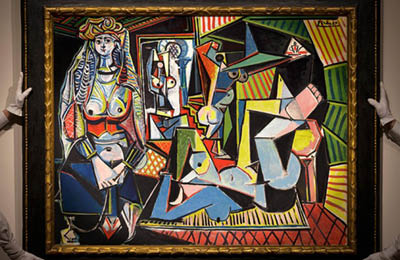
Pablo Picasso, Les Femmes d’Alger, 1955.
Before the auction
Lots are sold at auction according to different categories at different dates/times of the year. For the top categories there exist day sales and evening sales where the evening sale is the more prestigious during which the top, museum-level lots are offered. These are therefore also more exclusive to attend by invitation-only, whereas the day sales are usually open to the public. Prior to the auction the auction house publishes a catalog consisting of high-res images and information on the lots offered; these are distributed both as printed versions as well as available online for prospective buyers to peruse. The sale catalog includes a condition report for every lot which exactly specifies the physical quality of the lot, and the lot’s provenance which refers to the ownership history of an artwork from the time it was created to the time it reached the auction. A couple of days before the auction it is also sometimes possible to go and view the artworks in person at the location where the live auction will take place.
How to bid at auction?
There are different ways to register to bid at auction:
- Live bidding – with a paddle
- Phone bidding
- Online bidding
- Absentee bidding – allows you to leave a bid ahead of time to be executed by the auction house
Each bidder needs to register to bid ahead of time either online or by speaking to an auction house representative and providing his personal details and sometimes even credit card or bank details if that person is planning to bid on an expensive lot to guarantee that he will be able to pay for it after the sale.
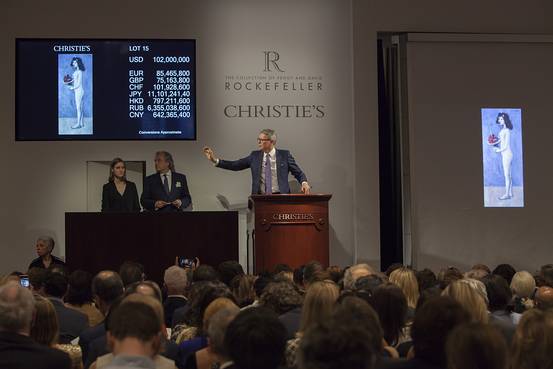
The auction
The auctioneer that conducts the auction introduces every lot with its reserve price. Thereafter, bidders are allowed to set their bids according to certain bidding increments. The auctioneer will keep shouting out the price of the following bid until no further bids are placed upon which he will hammer down the bidding price.
The successful bidder of the lot will be the lucky person to take it home. On top of the hammer price, the buyer will be requested to pay a buyer’s premium, any VAT or taxes, and shipping costs if needed. In certain countries, where applicable, the buyer will be asked to pay an artist’s resale royalty which the local laws entitle the artist or the artist’s estate. Artist resale royalties provides artists with an opportunity to benefit from the increased value of their artworks over time by giving them a percentage of the proceeds from any future resale.

